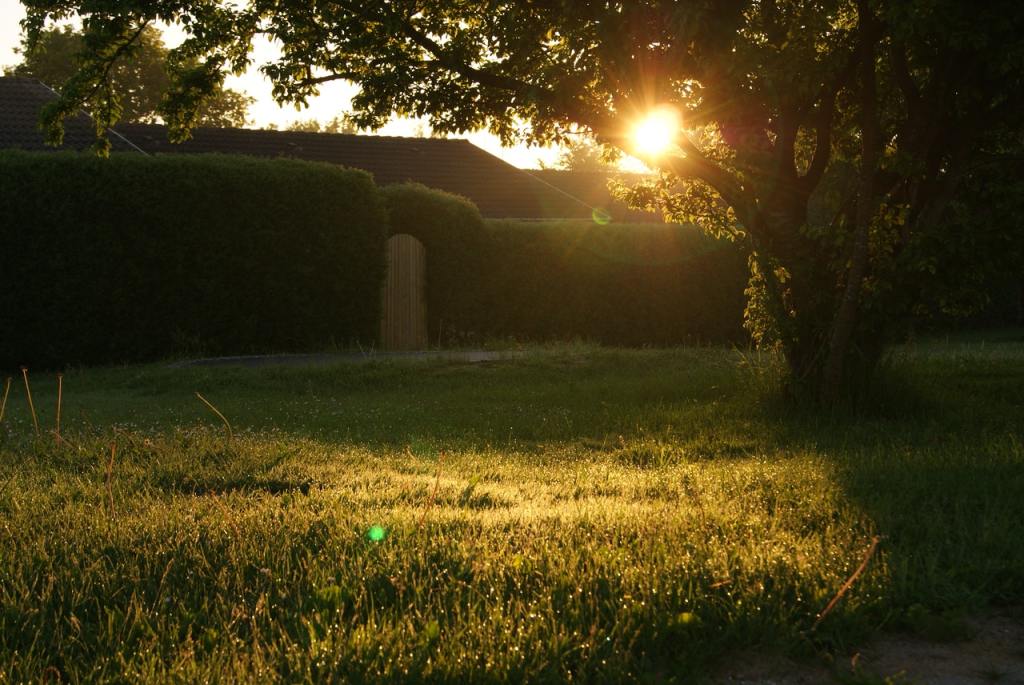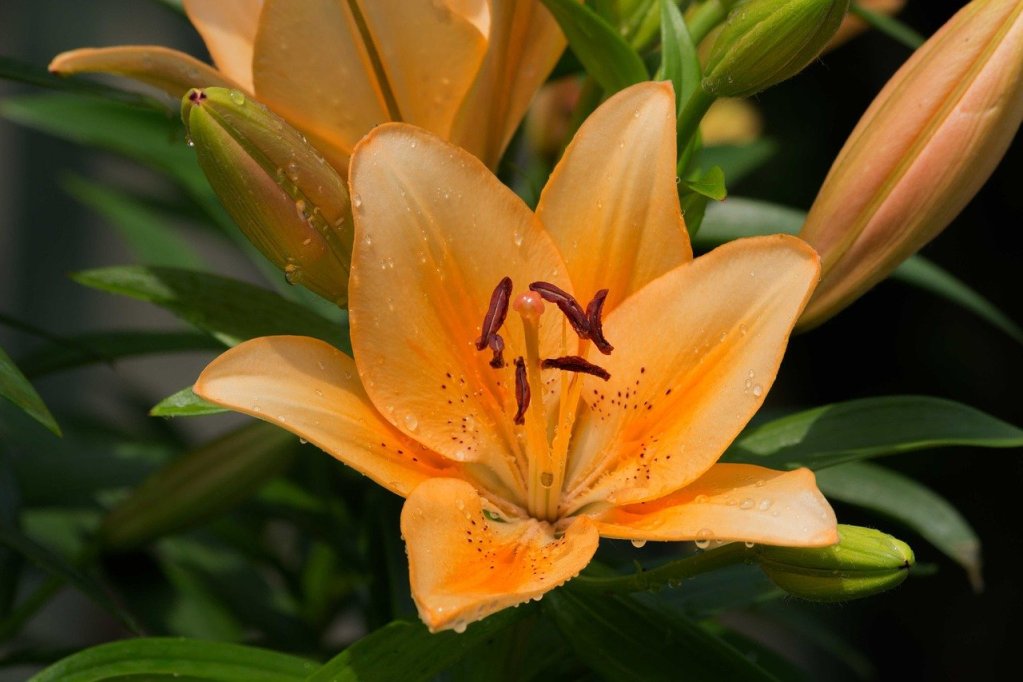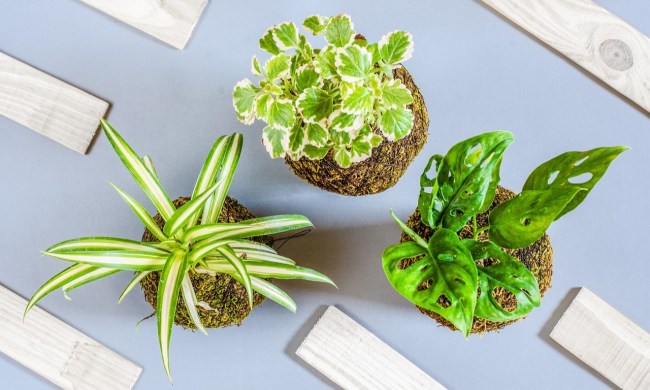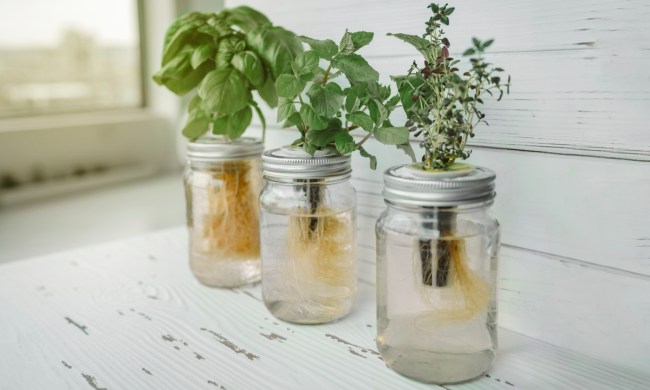Rain gardens are an excellent way to take advantage of the weather to grow a beautiful and efficient garden system. Rain gardens also help reduce the amount of contaminated water that runs off homes, driveways, and sidewalks and into natural water areas. These areas, such as creeks, lakes, and ponds, can be polluted by the chemicals that wash off our roofs and paved roads. This can harm plant life and animal life in and around these water areas. With a rain garden, you can reduce that risk and invite beneficial insects and birds to your garden. So how do we build a practical rain garden?

Where to put a rain garden
The most important part is location, location, location. Before you start to dig, study your property and learn how the water and sun naturally flow through and move across the land. The best way to help nature is to understand what it’s already doing:
- If you try to build a rain garden where the water flows away, you’re likely to have an unsuccessful garden.
- If you have an area on your property that stays wet longer after it rains, this might be a good place for the rain garden.
- Just be sure the water table in that location is lower than two feet. If you hit water while digging, it might be best to find a new place or turn it into a wetland garden.
The point of a rain garden is to bring in all the water in the surrounding area. This means there are a few things to keep away from a rain garden:
- Rain gardens should be at least 10 feet away from the home’s foundation, 25 feet from a wellhead, and 25 feet from a septic system.
- You’ll also want to avoid utility lines and be sure that the area gets full to partial sun.
With all of these rules in mind, go ahead and find the perfect location for a rain garden and get to work.
What shape should a rain garden be?
The shape of a rain garden is similar to a funnel. It should be level with the land around it and then slowly dip down to its lowest point. Most rain gardens are designed with three zones. First, a section for plants that prefer drier conditions. The second zone is for plants that tolerate or like occasional standing water. The third zone is for plants that will survive or thrive in almost constant wet conditions.
The size and shape of the rain garden will be determined by how much space is available and how large a rain garden you want. An organic shape that moves and flows with the land looks nice, plus allows the rain garden to do its job better. Try for curved lines rather than straight lines.
How to build a rain garden
Next, it’s time to start digging. Depending on the size of the rain garden, you might be able to do this by hand. However, it might be easier to hire out or rent an excavator with more expansive rain gardens. Besides digging the garden itself, you’ll also need to dig a route for the pipes that bring the water in from other places. These could be pipes that run from the gutters, the sides of the driveway, or from a sump pump in the basement.
Once the shape and depth of the garden have been determined, it’s time to carefully construct the base to avoid erosion. Since water will be flowing in and out of the rain garden often, it’s likely no product will reduce erosion completely. However, packing in stones around entry areas where pipes are bringing the water will reduce the amount of soil washed away.
The base has been dug and prepared, and now it’s time for planting. The easiest way to decide where to place your plants is to keep them in their nursery pots and move them around. On paper, things might look good one way, but once you see the plants in person, they might not look quite right. Once you’re happy with the way things look, it’s time to heavily mulch. Mulch not only protects the plants as they find their rooting after transplanting, but it also prevents weeds from sprouting up.

What flowers grow well in a rain garden?
The best way to ensure a plant will thrive in a rain garden is to check its tag. Look for plants with “average to moist” water requirements. The best plants will also depend on your plant hardiness zone; however, a few plants are prevalent in rain gardens all over the U.S. Those are aster, daylily, iris, sedum, coneflower, artemisia, and sedge.
What happens when you build a rain garden?
There are several benefits of building a rain garden that will help your home, yard, and the environment. Often, homeowners don’t consider how their gardening or landscaping efforts are affecting the ecosystem around them. While we might live in subdivisions or apartment buildings, our actions are still impacting nature whether we notice it or not.
Rain gardens take some of the negative aspects of highly populated areas and reduce them. Keeping water soaking into the ground instead of flooding smaller waterways keeps contaminants in the soil where they can be filtered out. We also encourage insects and birds to make homes in a space they once found unusable.


